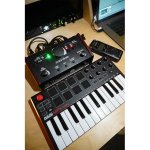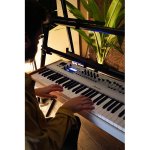Show Off Your Studio: Kartell’s cosy, warm workshop
In Paris, Roche Musique’s pioneer weaves wondrous nu-disco with an arsenal of powerful plug-ins and top-notch monitoring. In this week’s Show Off Your Studio, he shows us what’s possible with a few controllers and a laptop
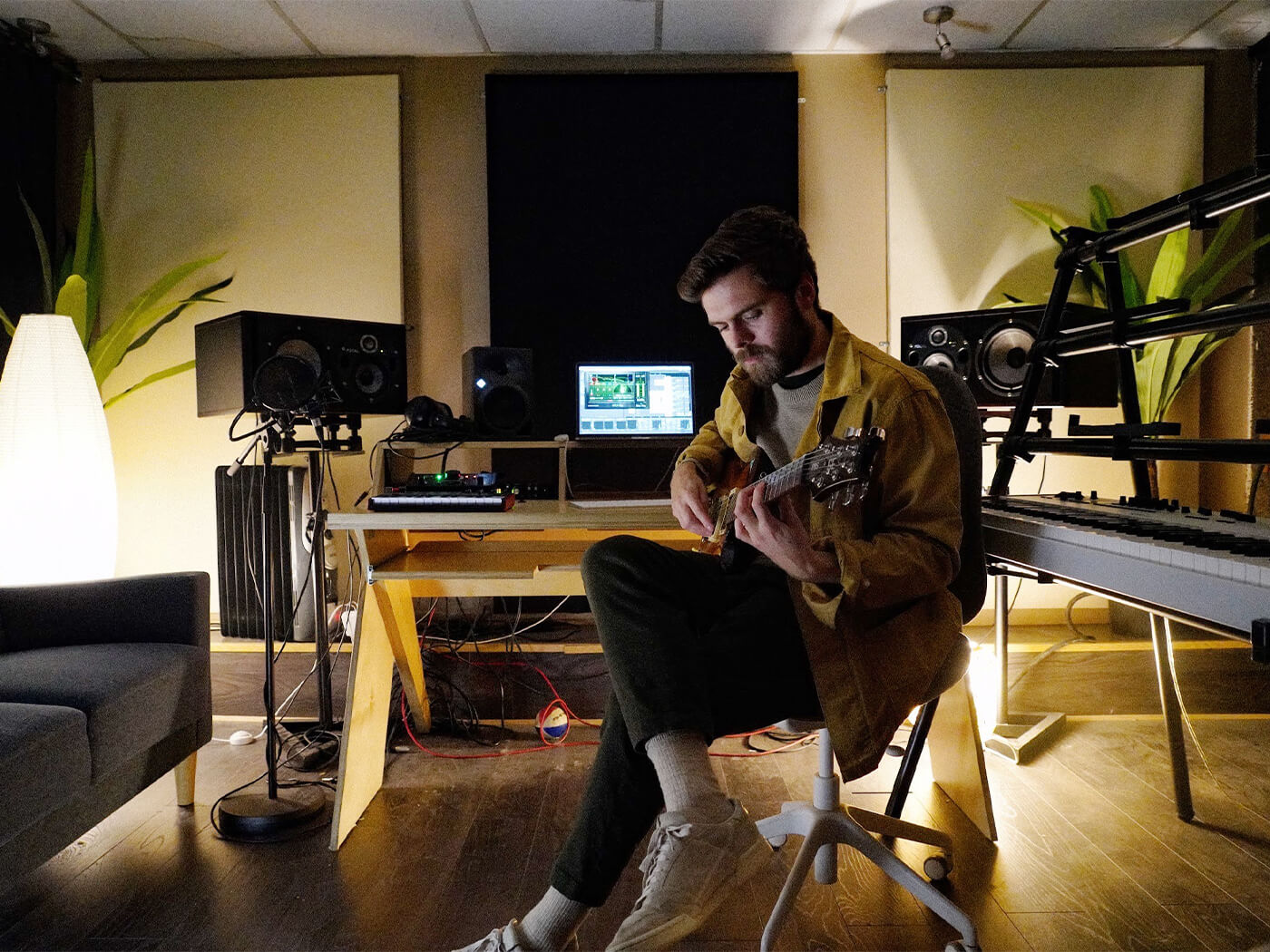
Image: Warren Ko
Key kit
- Apple MacBook Pro 15
- Native Instruments Rickenbaker
- Arturia DX7 V
- Fender Stratocaster
- Sonarworks Reference 4
- Native Instruments Maschine MK3
As the first artist signed to the funk-loving label Roche Musique, Kartell knows a thing or two about keeping in a creative groove. Known for his luscious loop patterns and glimmering electronica, the French producer keeps thing relatively simple in his workshop, with a focus on referencing and powerful plug-ins. With the release of his new single Time and accompanying 3D video sequence, we head to Paris to talk collaborations, bossa nova and how less is more.
Tell us a bit about the studio, Kartell.
I moved to this new studio with my label two months ago. We’ve been moving every few years and find it refreshing and stimulating to have a new setup. This one is a 10-minute walk from my home in the North of Paris so it’s great to get some air before a session.
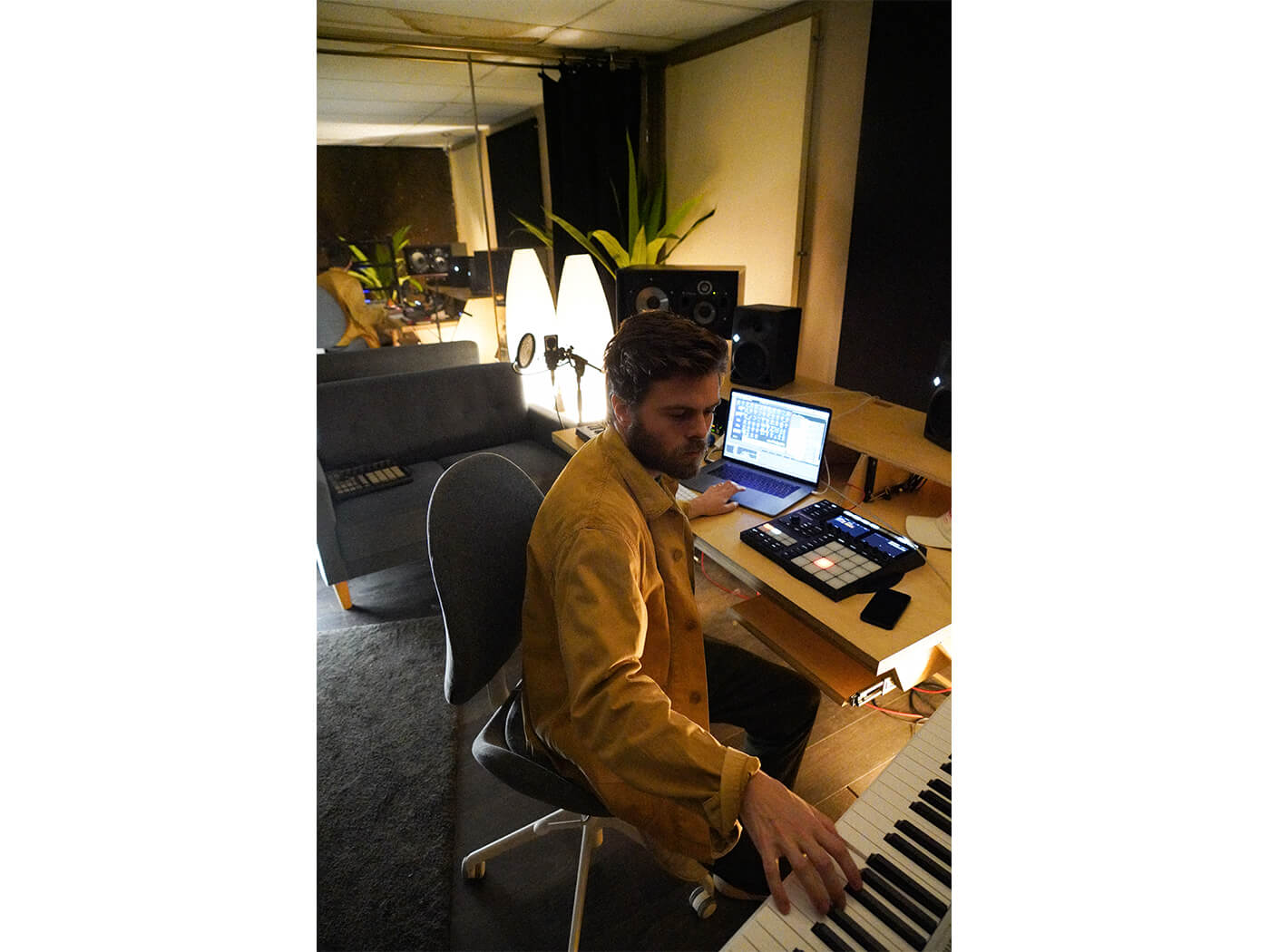
We share this studio with a few artists from my label, Roche Musique. Shared studios have always been important in our process and more specifically in my case. You can catch up with other artists and share demos and ideas.
How do you use your studio?
I write my first ideas on my MacBook at home with a very minimalistic setup: Akai MPK Mini and Focal Elear headphones. I do the last 20 per cent at the studio, generally to focus more on the sound design and mix. The label rents the place for its artists which is a big plus. The next step would be to buy a place that combines the label offices, our radio station and the studio.
Which DAW do you use?
I started on Reason 5 in 2012 which gave me some knowledge of analogue interfaces, which comes in handy from time to time. I’ve been using Ableton Live for the last eight years, though. I like the fact that you can quickly get an idea out, create templates and organise your personal library. The possibilities are endless. I think I’ve only used 20 per cent of its functions so far.
What atmosphere do you try and create in the studio and how does the studio environment help you with your creativity?
Lights are really important to me in a studio. Since it’s hard to get a studio with natural lighting in Paris, I try to create an intimate atmosphere with warm sources of lights scattered around the room. I haven’t really personalised this new studio yet but I think it will be like the music I make – warm and cosy.
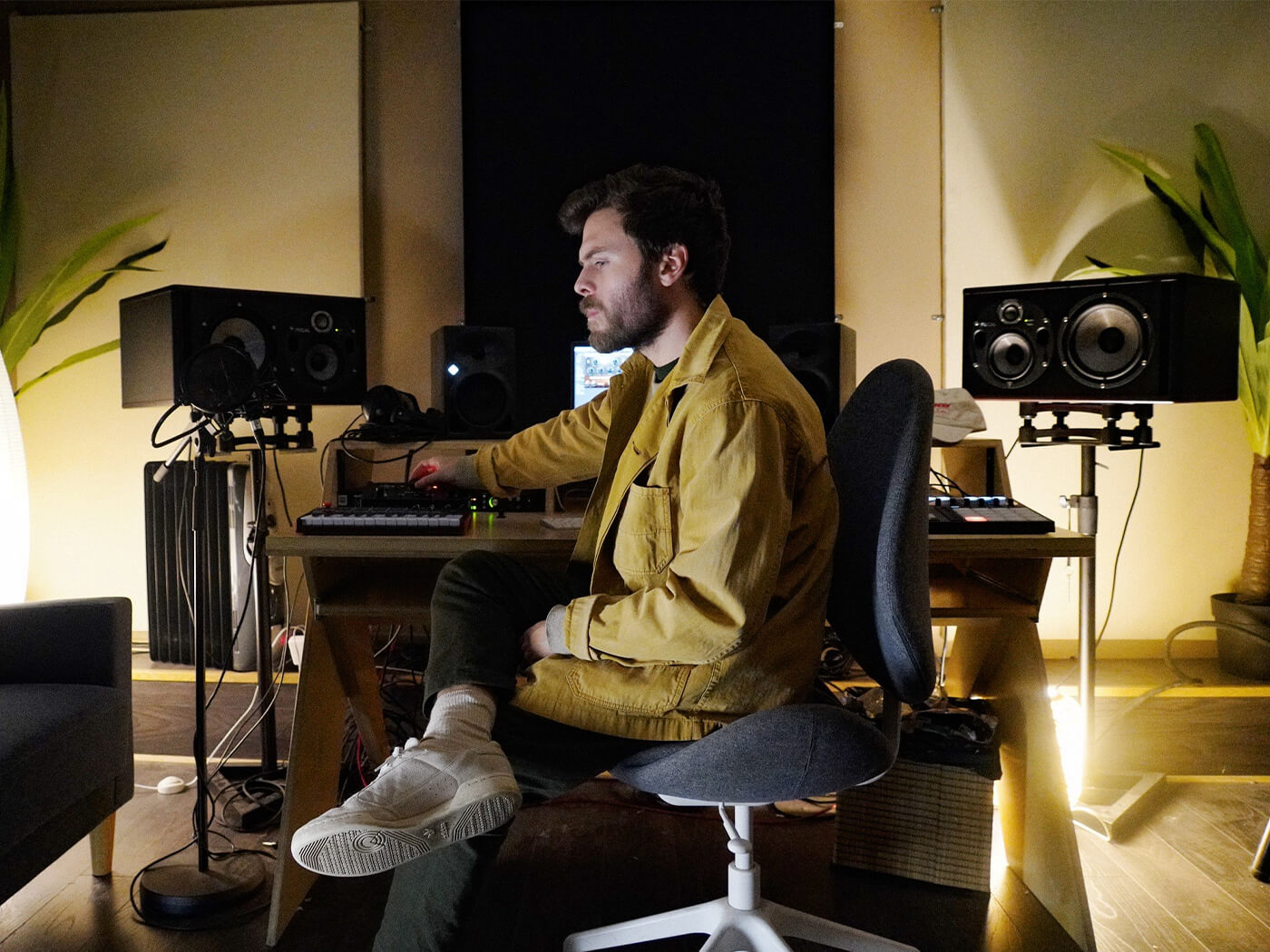
How have you collaborated with artists this year in light of the pandemic? What did you learn about collaboration?
I really don’t mind working from long distances, even before the pandemic. Emails and Instagram are pretty much all you need to discuss and send ideas and vocal notes. The big thing I’ve learned this year is that communication is key. Share your process and be transparent to establish trust and make it work.
We first heard your work on the Roche Musique .Wave compilation, which showcases sample-heavy future funk tracks. How did the process of sampling inform your more original work today?
Coming from the sampling scene made me understand early on that most of the time you only need one bar of music to make it work. Then you arrange, create a timeline and add layers but, in the end, it’s that small loop that holds the spirit of the track.
You have a small Akai MPK Mini and an Arturia KeyLab 88 – how do these get used?
I use the Akai MPK Mini mostly at home or on the road; it’s enough for creating bass lines and melodies. But for writing proper chords and ambience, nothing beats a full keyboard like the Arturia. Although, to be honest, I’m not a good keyboard player. I trust my ears to discover interesting chords which tend to not be very conventional most of the time.
What is your favourite piece of gear?
I got a new pair of headphones, the Focal Elear. They sound amazing. After 10 years of using the classic Sennheiser HD25, both for DJ sets and producing, it was about time to have a pair dedicated to production. I don’t use monitors at home and I wanted something with good spatialisation and dynamics. They really hit the spot so far, they’re becoming my favourite tool. Combined with the Sonarworks Reference 4, it’s done wonders for my mixes.
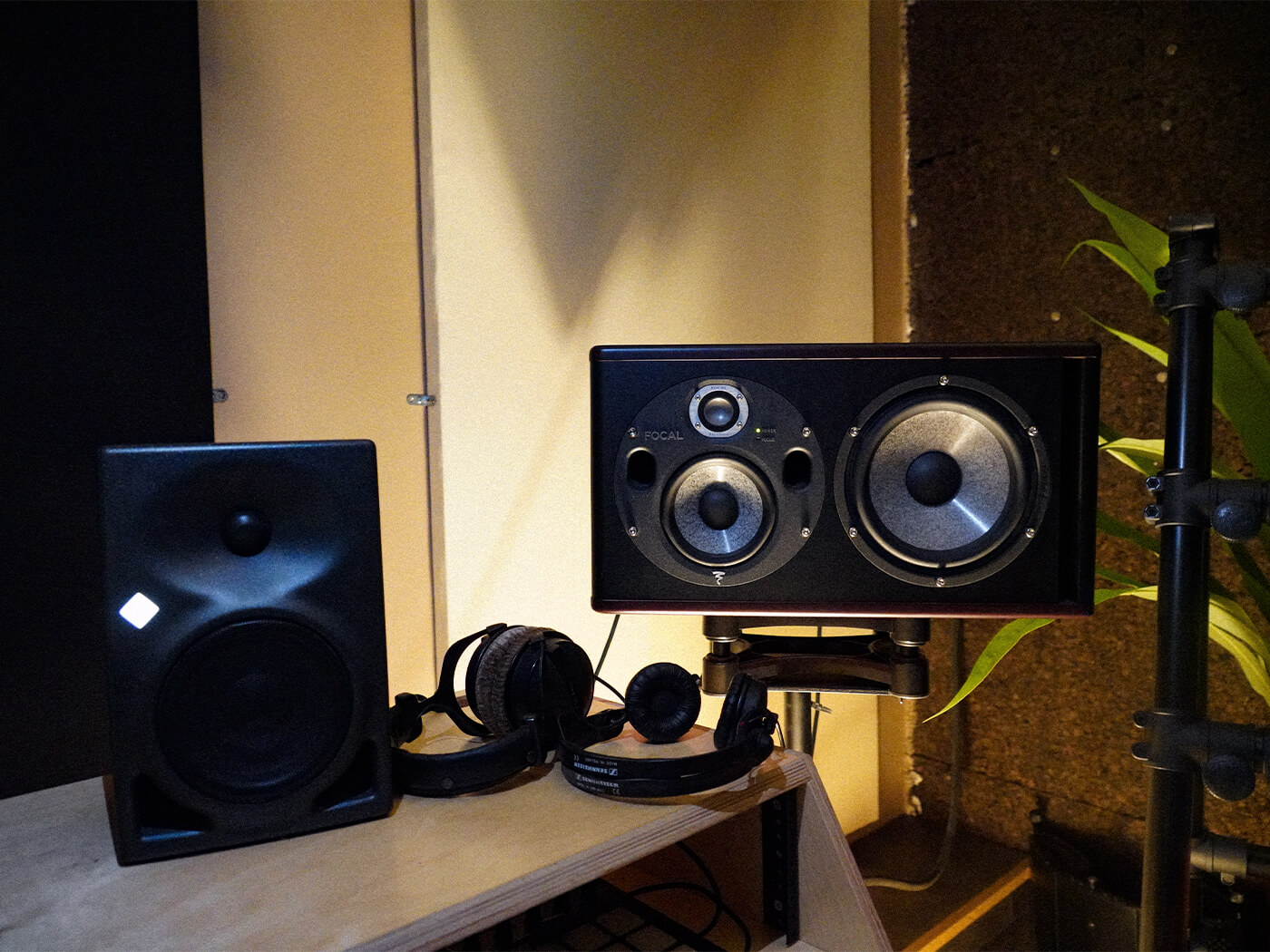
I don’t use analogue gear but I really enjoy the Analog Lab suite from Arturia. The library and tagging system really helps my process. It’s my go-to VST, along with everything U-he releases.
If you were left on a desert island, what one item would you take with you to make music with forever?
I would take my acoustic guitar. That’s how I got into music when I was younger. It’s easier to play than a keyboard when you have no theoretical knowledge, like me. I’m a big fan of bossa nova, so I wouldn’t mind spending the rest of my days playing Jobim’s music on a beach.
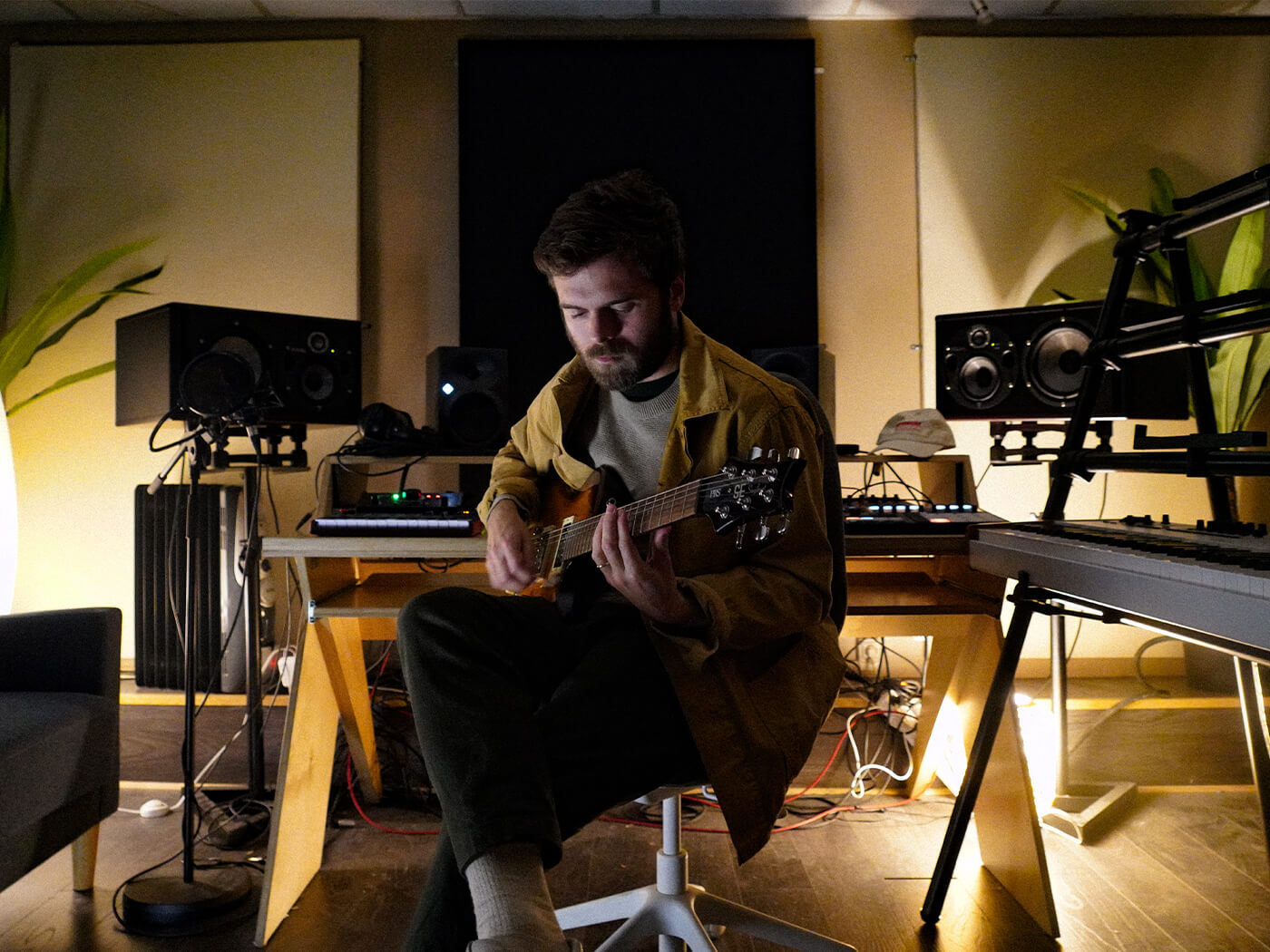
What synth or effect can be heard the most on your new single, Time?
The DX7 plugin from Arturia was at the centre of every track for this EP, including Time. I think this track is 90 per cent DX7. It beautifully crafted the warm textures and retro tones I was looking for. I spice it up with some Decapitator and Ghz wow effect. Although I don’t own much gear, I’m always looking for new plug-ins and sounds – I have a really big collection. For my new EP, I tried to challenge myself by using only one or two plug-ins for a track. It gave a sense of unity and colour to the project.
How did you go about getting the acoustics right in the studio?
The acoustics are not properly set-up at the new studio, to be honest. I compare my mixes on different systems. The Palmer Monicon L controller comes in handy for that as I’m always switching between the Neumann KH 120 A and the Focal Twin. Headphones are still the most important thing for me. Once I get home, I usually do some quick gain staging and EQ with them to fix potential issues. Then I bounce the first mix to my Sonos system just to make sure nothing crazy is happening. I also like to directly upload my demos to Soundcloud to check them on my phone. If you can hear everything on tiny speakers you know it’s a decent mix.
What is next on your shopping list studio-wise?
I want to get a few pedals to experiment on textures: Fairfield Shallow Water and Zvex Instant Lo-fi Junky Vertical. The concepts are really unique and weird. It seems like you can achieve happy accidents with them.
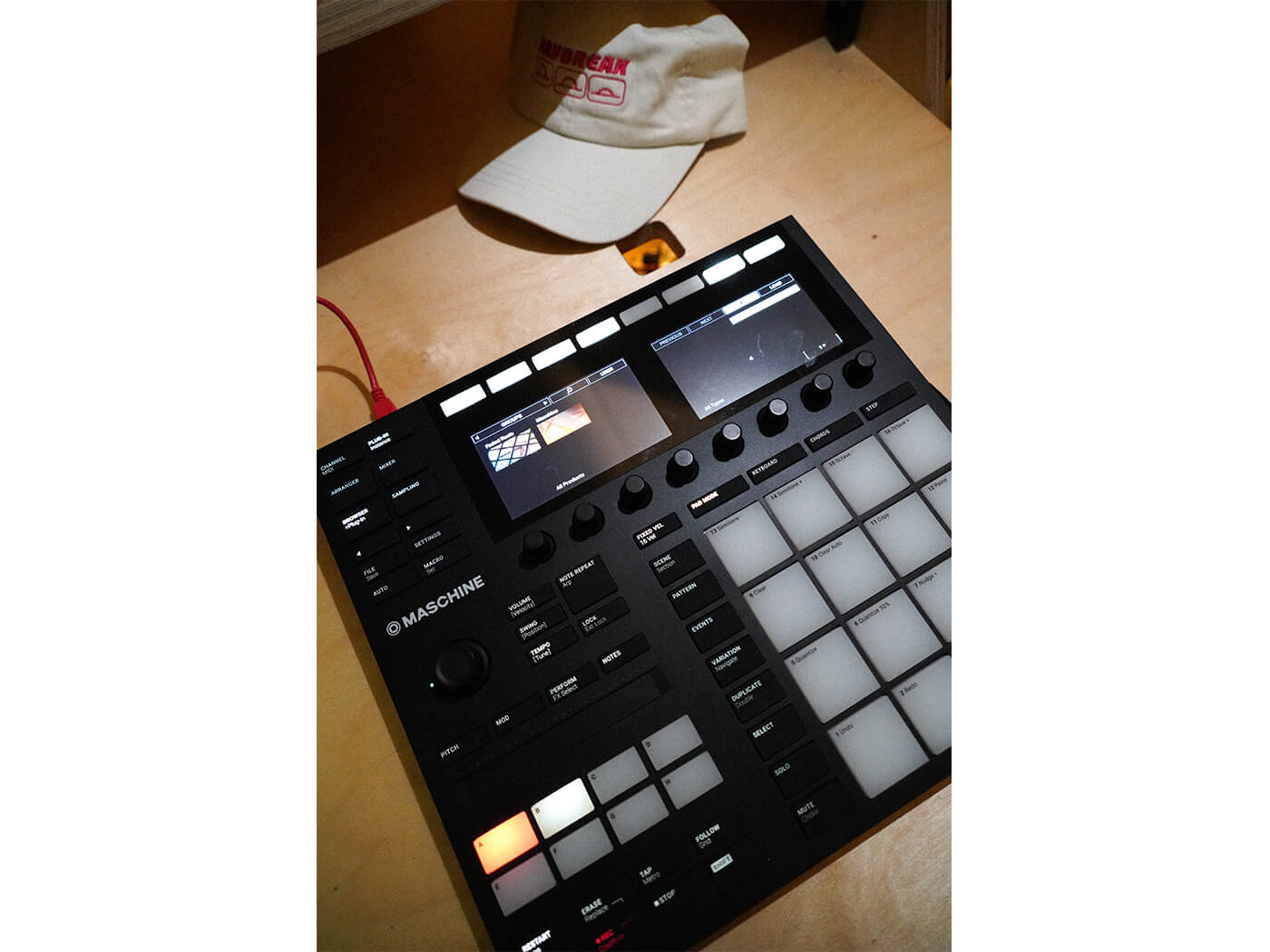
What is your dream piece of gear?
An original Minimoog would be amazing. I’ve used the Arturia emulation so much and found use for it with every track and genre. A Linndrum would be a dream too. But, for now, I use VPROM which is the best emulator I’ve found so far.
What is your top piece of production advice?
I like to think that you need to make everything special in your music. Don’t just put a snare because you need a snare. Try to layer and get your own unique sound. That’s why it’s important to create your sound library early on. Find a processing chain that makes your sound. For me, it’s usually the Maserati GRP compressor from Waves. I usually have a light tape emulator, like the VHS plug-in on Reaktor.
What is the one piece of advice you would give someone starting out building a studio?
Don’t get lost in buying too much equipment thinking it will make your music better. The truth is, most of the time everything you need is in a DAW. The rest are just tools to experiment with.
Fore more studio features, click here.
